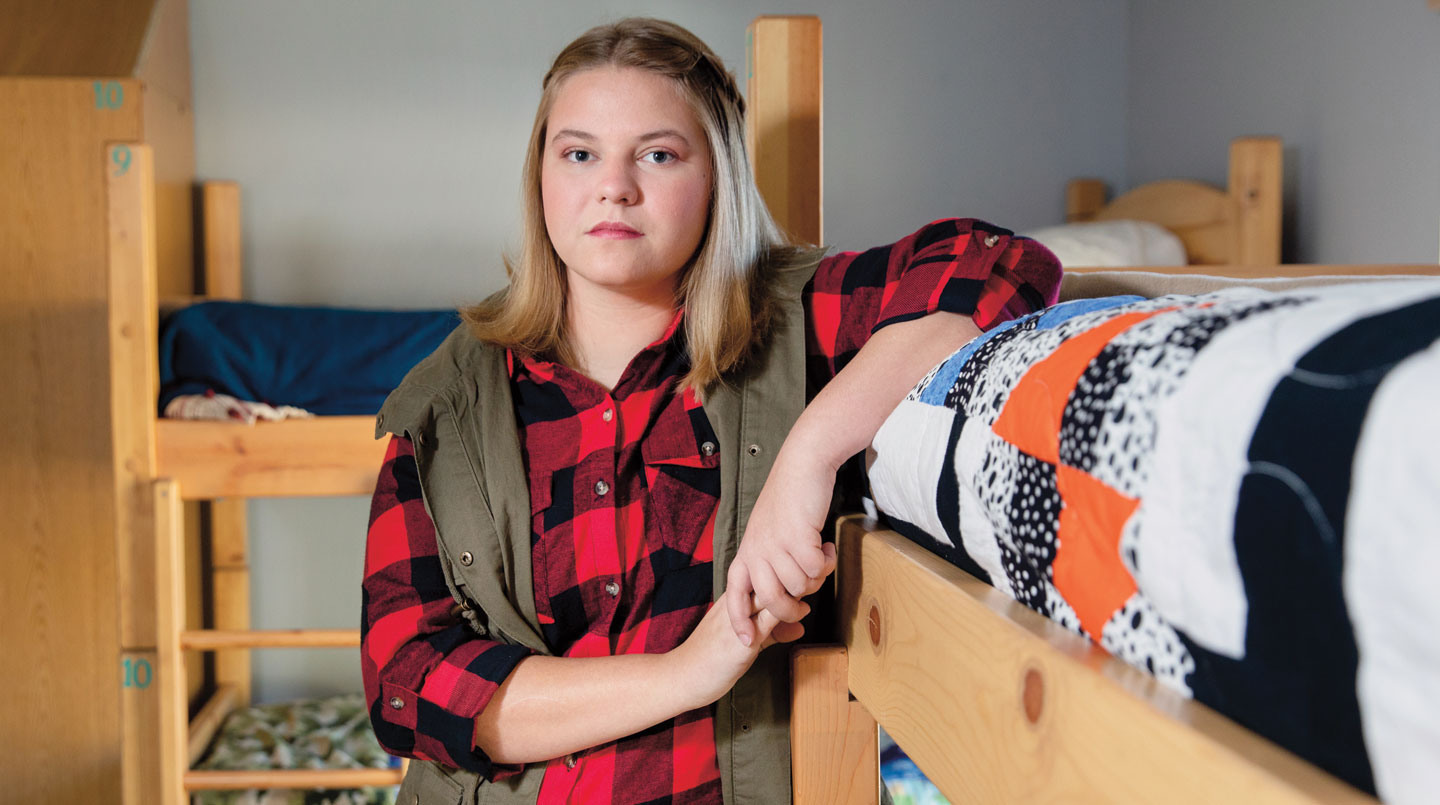The first night Han* slept in a homeless shelter, she cried into her pillow for hours. Then 17, Han had grown up in an abusive environment in Ogden, Utah. According to the teen, her mother often lashed out—both physically and verbally. As a result, Han was in constant fear for her life.
With no family members able to take her in and nowhere else to turn, Han eventually made the gut-wrenching decision to run away. She packed as much as she could fit into a backpack—some clothes, a toothbrush, and a comb—and set out for a nearby homeless shelter.
Looking back on her first night there, Han, now 18, recalls lying on a wooden bunk bed in a room with three other girls. At the time, she was overwhelmed by a combination of fear, sadness, and relief.
“I knew I was finally safe,” says Han. “But at the same time, I felt like I’d just lost everything.”









